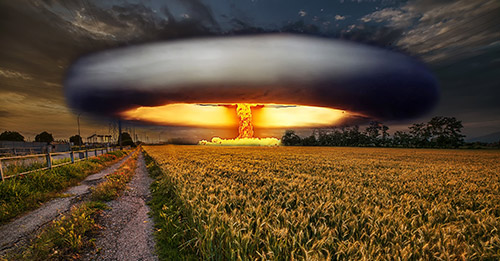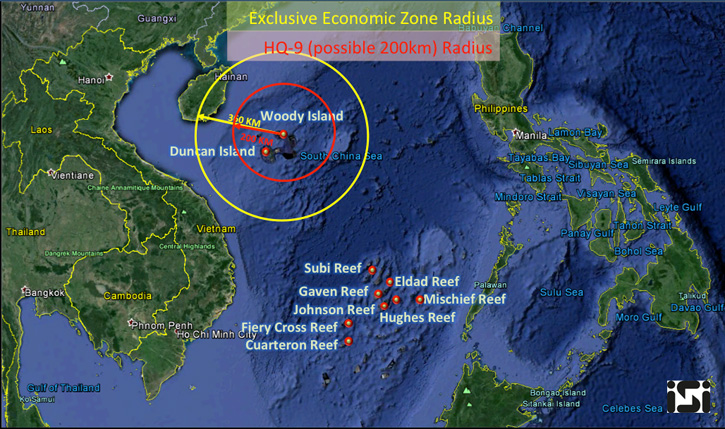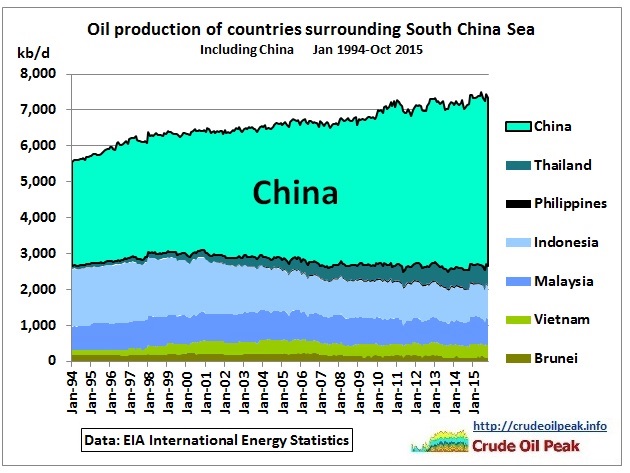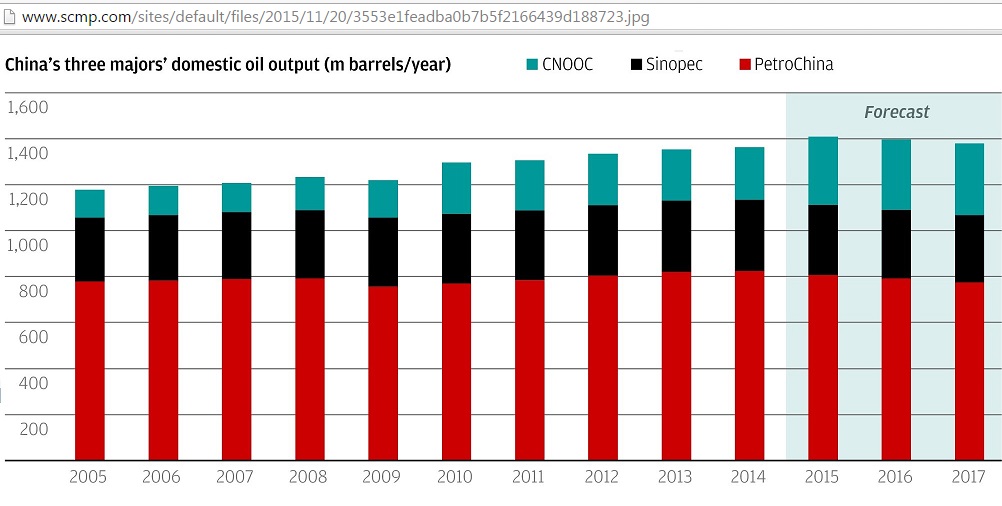This is because after the closure of 3 oil refineries in Sydney and Brisbane fuel imports have skyrocketed and these additional imports come from and pass through an area where there are high tensions now: the South China Sea and Korea.
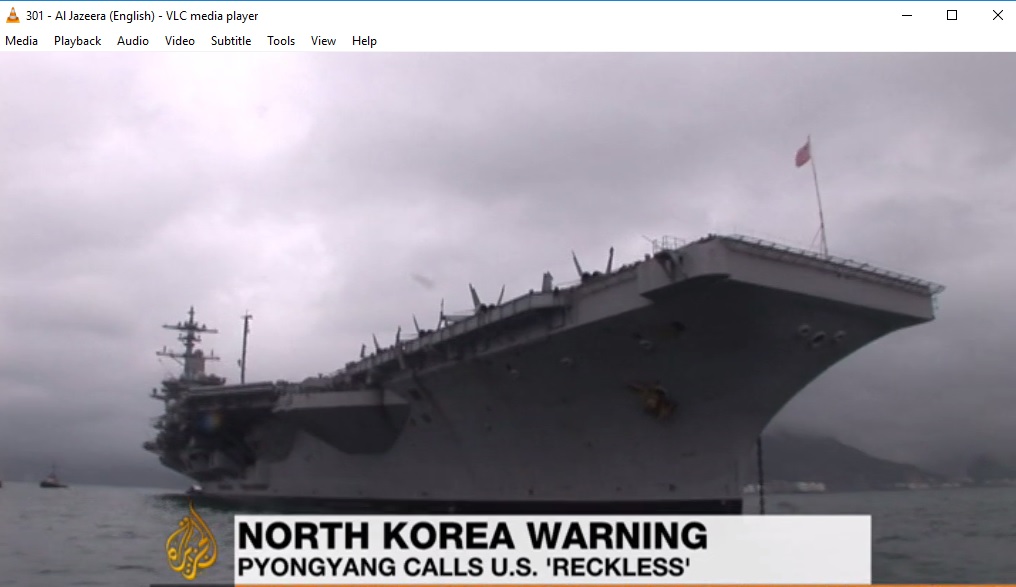
Fig 1: USS Carl Vinson
10/4/2017 A US Navy strike group including a nuclear-powered aircraft carrier has moved into a strategic position in the Western Pacific Ocean, just off the Korean peninsula.
http://www.abc.net.au/pm/content/2016/s4651328.htm
Apr 13 2017 U.S. May Launch Strike If North Korea Reaches For Nuclear Trigger
http://www.nbcnews.com/news/world/u-s-may-launch-strike-if-north-korea-reaches-nuclear-n746366
Asian oil supply context
This comes at a time when Asian oil production is on an oil production plateau for 5 years now while oil demand seems to increase forever.
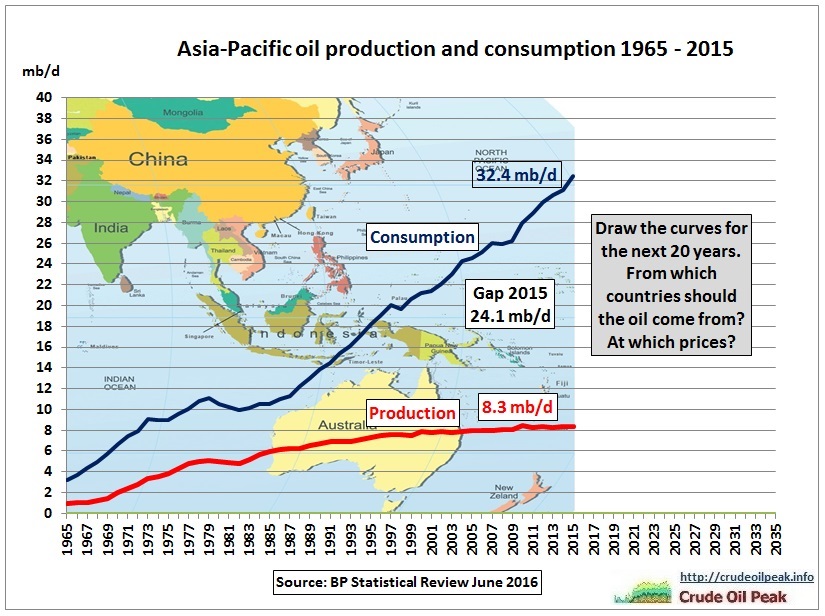
Fig 2: Asia’s oil consumption growth is unsustainable
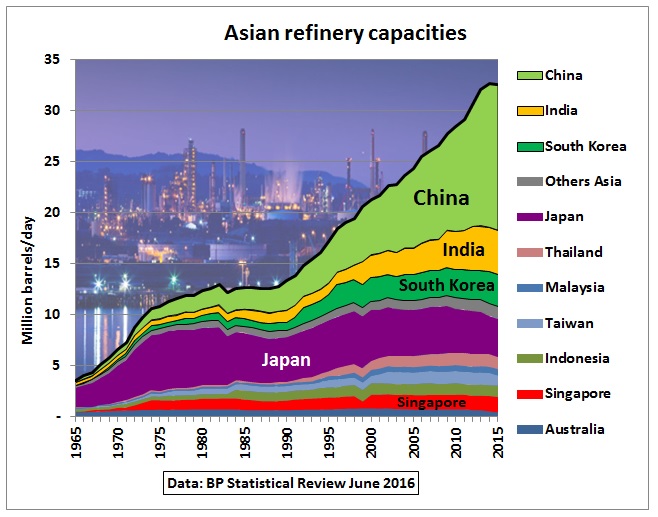
Fig 3: Stellar growth in Asian refinery capacities
Note that growth in the last 15 years has come only from 3 countries: China, India and South Korea. Singapore’s refining capacity and that of Indonesia, Malaysia, Thailand and Taiwan is basically flat. Japan’s capacity is in decline.
Most of Asia’s oil imports come from the Middle East as this tanker map shows:
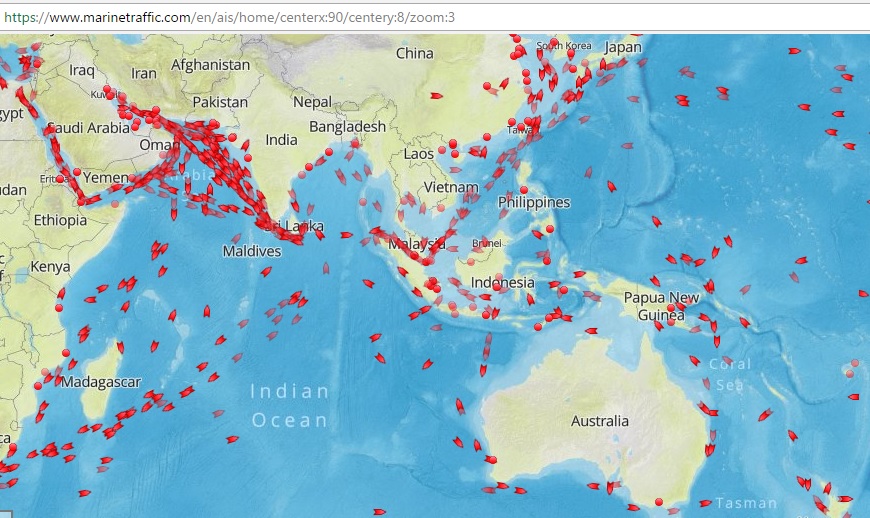
Fig 4: Tanker traffic between the Middle East and Asia
https://www.marinetraffic.com/en/ais/home/centerx:119/centery:-2/zoom:3
Australia net oil importer
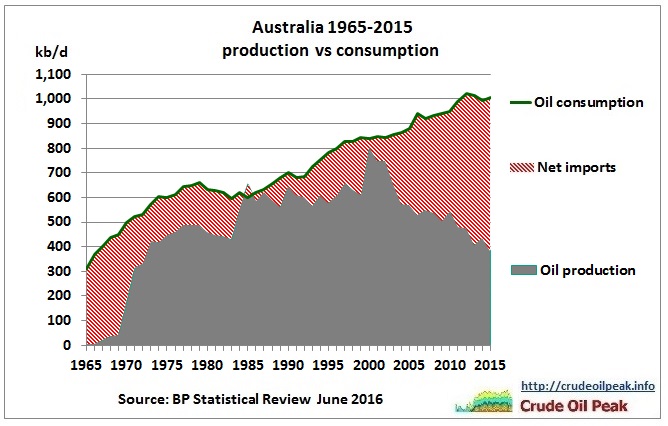 Fig 5: Australian oil balance
Fig 5: Australian oil balance
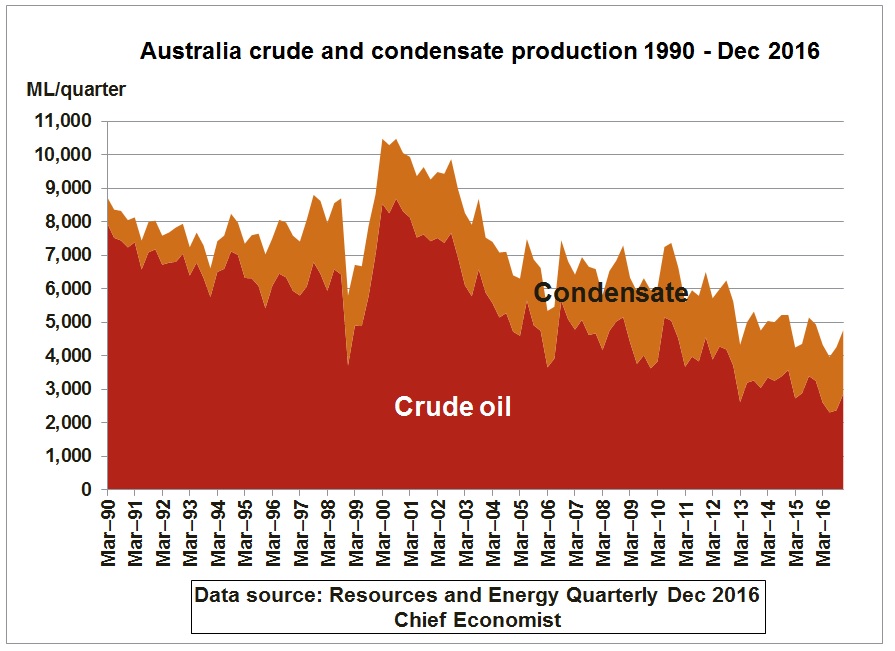
Fig 6: Australian oil production decline
Australian crude oil imports
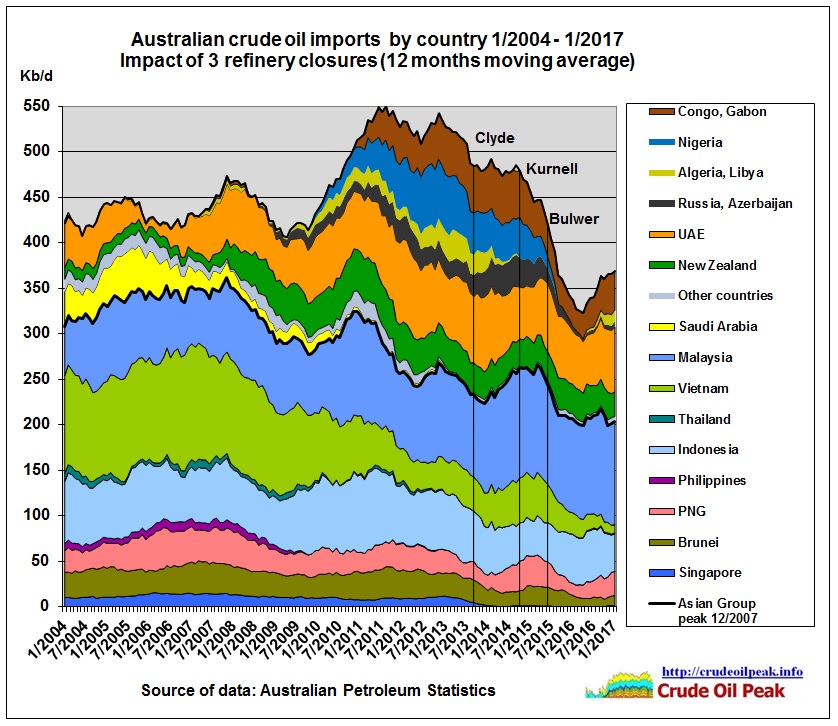
Fig 7: Australian crude oil imports
Fig 7 shows:
- Crude imports from neighbouring Asian countries peaked 12/2007
- Imports from Vietnam declined dramatically to 2% of imports because Vietnam’s crude production peaked in 2004-05
- UAE is the only long-term supplier from Middle East (19% of imports)
- Decline from Asia was compensated by imports from West Africa – good job
- Crude imports declined from 550 kb/d to around 350 kb/d as Australian refineries closed
- Before the refinery closures the diversity of crude imports was quite high and – given Australia’s remoteness on the global oil trade map – these refineries did a good job in sourcing crude oil from far away like Russia, Azerbaijan, the Mediterranean and West Africa
…click on the above link to read the rest of the article…








